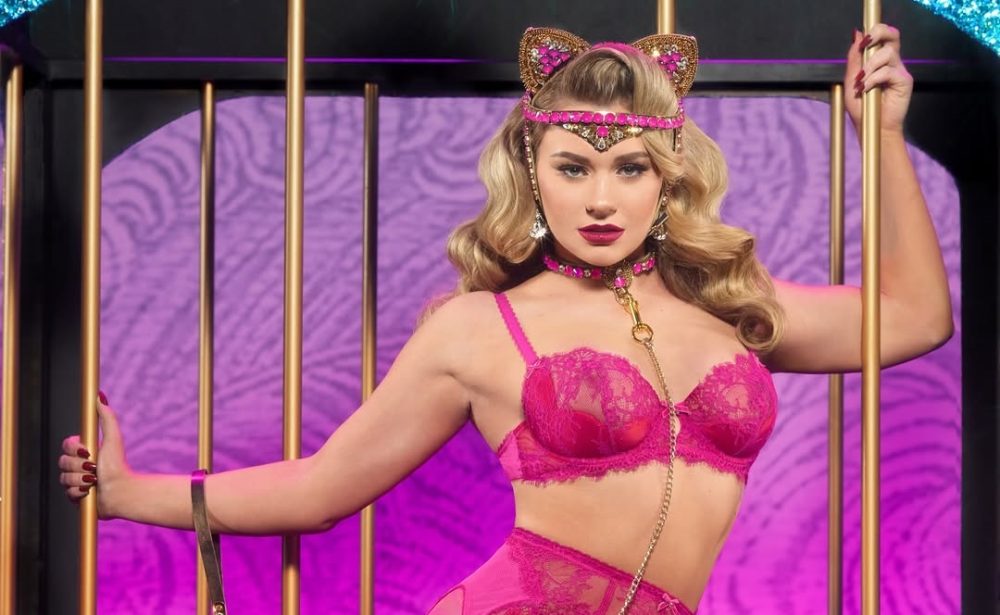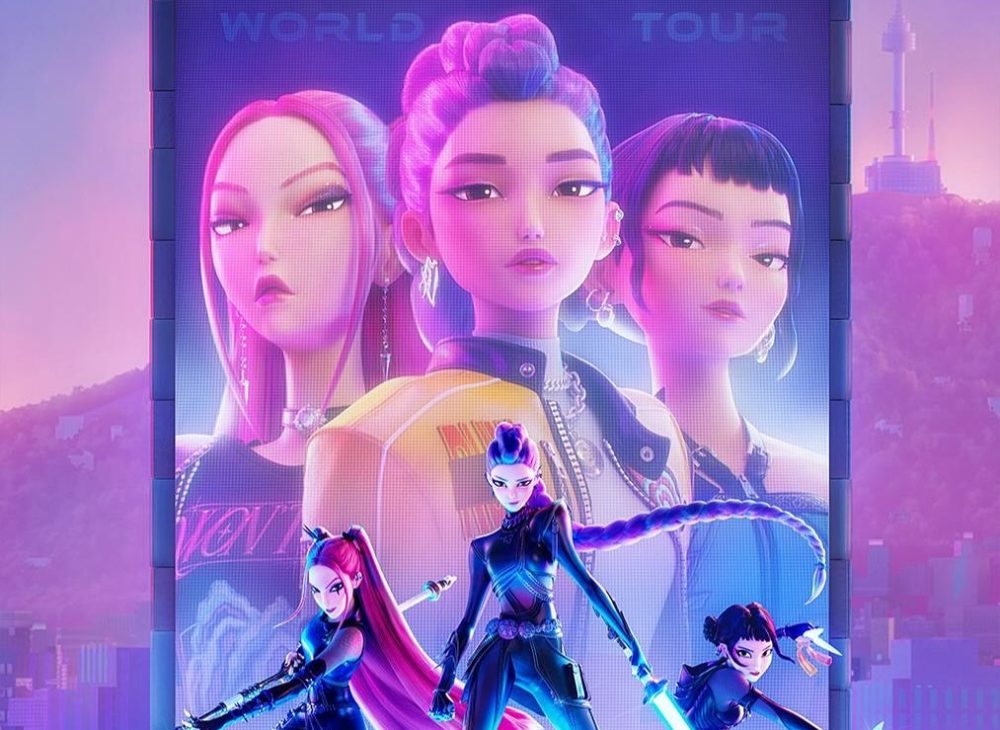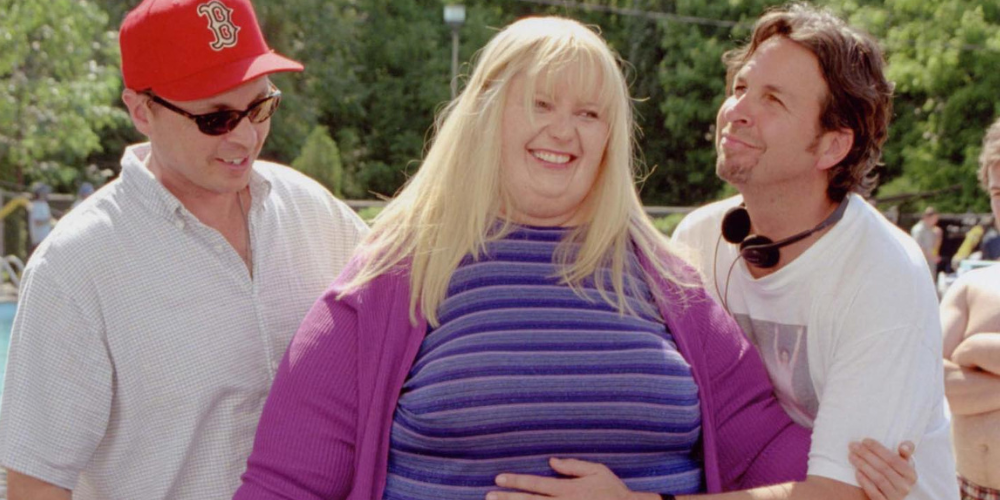In the early 1970s, John Lennon and Yoko Ono’s collaboration became a defining moment in both protest music and pop culture. Their efforts, intertwined with personal passion and radical activism, captured the imagination of a generation.
The documentary “One to One: John & Yoko” offers a fresh perspective on their shared journey, illustrating how their partnership influenced the course of social and political movements, while also revealing their mutual creativity.
Breaking Down the Myth of the Lone Revolutionary
Rather than reinforce the popular image of John Lennon as a solitary revolutionary, “One to One” places significant emphasis on Yoko Ono’s equally crucial role in their work. While Lennon is often remembered for his anti-establishment stance post-Beatles, Ono’s influence as an avant-garde artist and activist shaped their activism and artistic expression in ways that can’t be overlooked.
Lennon’s activism didn’t emerge only after his days with The Beatles. In fact, songs like “Revolution” in 1968 laid the groundwork for the social and political themes he would explore further. However, it was through Ono’s guidance that Lennon ventured into more experimental and politically charged territory, both musically and socially.
A Visual Collage of Protest and Pop Culture
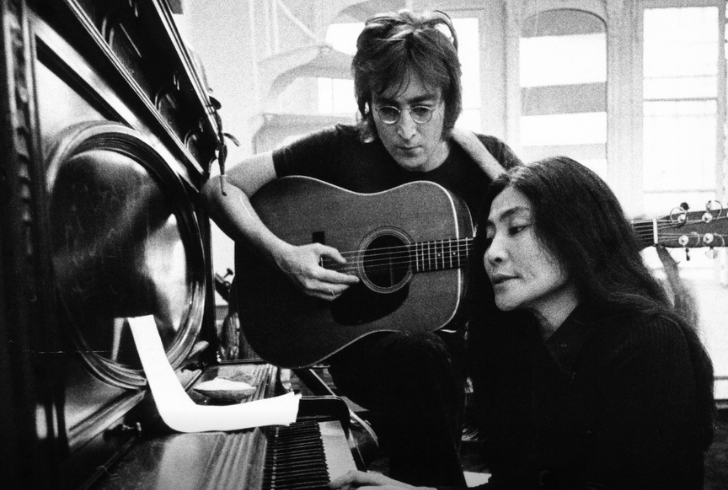
The documentary captures a vivid representation of the cultural moment they were living in—a world brimming with political unrest and media saturation. Through the lens of their Greenwich Village apartment, the film juxtaposes real-time television footage of Nixon’s re-election speeches, anti-war protests, and commercials for everyday products. This “channel-surfing” aesthetic isn’t just a stylistic choice; it highlights how both commercialism and counterculture were deeply connected in their view of the world.
This visual approach mirrors Lennon and Ono’s belief that pop culture and political activism were not isolated phenomena but rather intertwined forces shaping society. They saw the potential for everyday media and popular music to challenge the status quo, making the ordinary extraordinary in their eyes.
Ono’s Role as a Creative Force
One of the most compelling aspects of the documentary is how it portrays Yoko Ono not as a mere muse or the wife of a famous man, but as a groundbreaking artist in her own right. Ono’s performances, especially her visceral rendition of “Don’t Worry Kyoko (Mummy’s Only Looking for Her Hand in the Snow),” showcase her raw emotionality, which often shocked audiences but served as a powerful form of protest.
Despite facing ridicule, notably from mainstream media, Ono’s screams weren’t intended for shock value alone. They were deeply personal expressions of pain and resistance. The documentary highlights this and shows how her avant-garde sensibilities were far ahead of their time. For Lennon, her approach was not just a source of inspiration but also a valuable collaborative tool that influenced his own music.
From “Revolution” to “Mother”
As “One to One” progresses, it becomes clear how deeply Lennon’s work was shaped by Ono’s artistic influence. The emotional depth found in his song “Mother,” which tackles themes of abandonment and personal loss, is reminiscent of the primal scream therapy Ono herself practiced. This connection between their personal experiences and their art is central to understanding their collaborative process.
The film effectively shows how their shared experiences created a symbiotic relationship. Ono’s avant-garde performance techniques deeply affected Lennon’s own songwriting, allowing both artists to push the boundaries of what music and activism could achieve.
Activism Through Music
Perhaps the most significant moment in their collaboration came in 1972 with the “One to One” benefit concerts. Held at Madison Square Garden, these performances were not just about raising money but about highlighting important social issues, such as the plight of children with disabilities. Lennon and Ono’s effort raised over $1.5 million for Willowbrook State School, a facility for children with special needs, which they had learned about from TV.
These concerts embodied the power of music to spark tangible change. The emotional impact of seeing the children from Willowbrook interact with the audience while “Imagine” played made it clear that the concert was not about glorifying Lennon as a saint, but about using art to bring about social change.
A Shared Vision
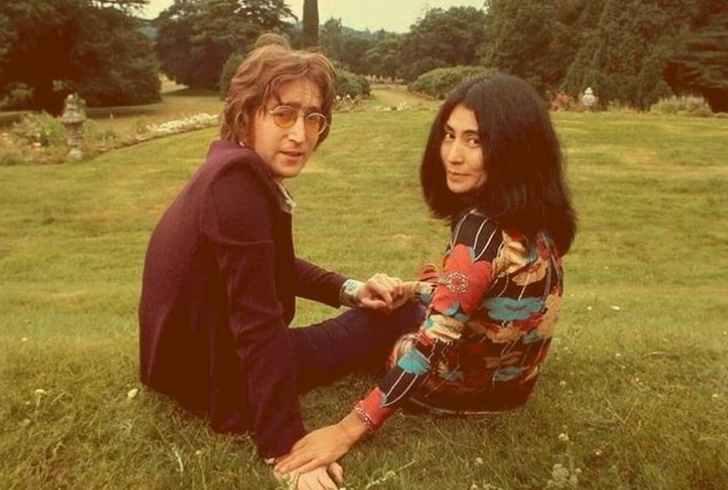
The documentary culminates in a powerful reflection on how their partnership and activism shaped a new approach to pop culture. They weren’t simply musicians or artists; they were co-leaders in a movement that merged music, political activism, and personal expression. By exploring their lives together and their shared projects, “One to One” emphasizes the reciprocal nature of their relationship—both Lennon and Ono shaped each other’s artistry, and together, they helped redefine the role of musicians in social movements.
The portrayal of Yoko Ono towards the end of the film highlights her evolution from an object of public mockery to a respected figure in her own right. In an emotional segment, she reflects on her experiences and discusses how society’s view of her has shifted over time. This change in perspective shows how the narrative surrounding Ono is finally evolving, as she receives the recognition she deserves.
A Dynamic Duo
In “One to One: John & Yoko,” we witness more than just the story of two famous figures. The documentary presents a dynamic partnership that went beyond romance, capturing a powerful mix of music, activism, and creative collaboration. By showcasing their combined impact on music, culture, and activism, the film not only revisits a pivotal era in history but also redefines the legacy of Lennon and Ono.
Their journey together underscores the idea that true artistic expression is often shaped by shared experiences and mutual influence. In this way, Lennon and Ono’s collaboration was more than just a product of their time; it was a forward-thinking blend of music and activism that continues to resonate today.

